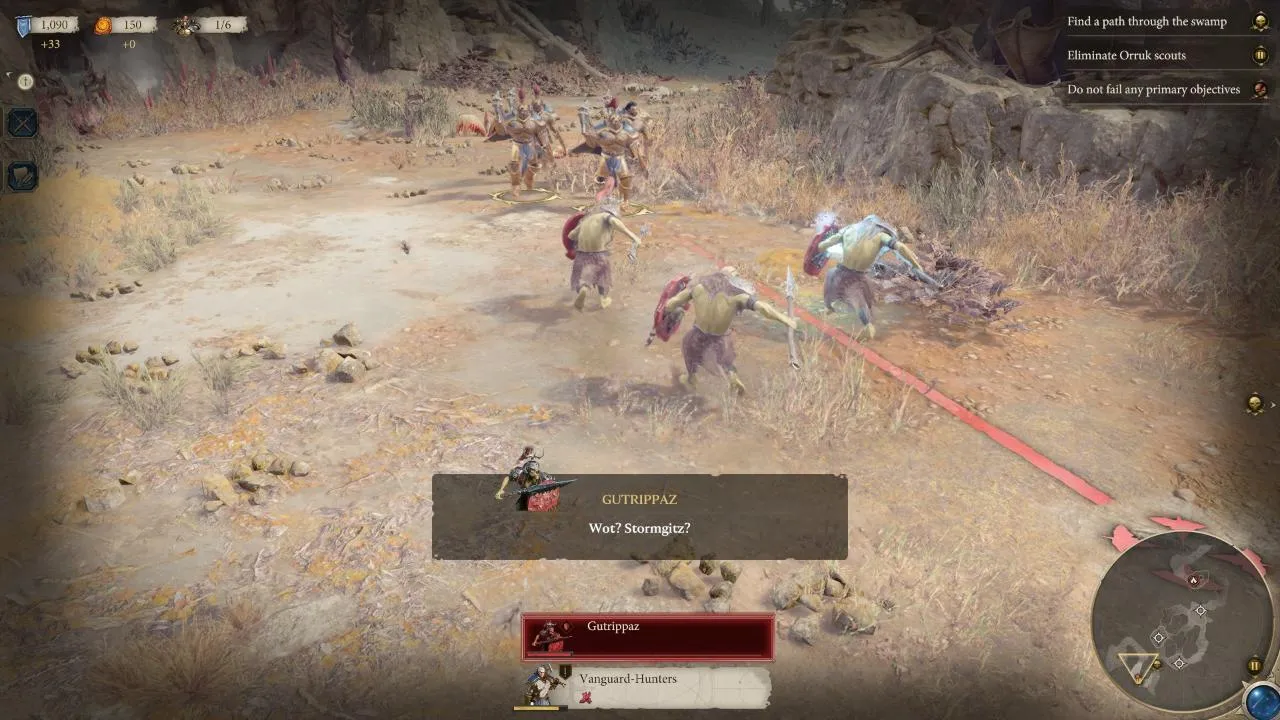
Warhammer Age of Sigmar: Realms of Ruin Review: A Mixed Bag of Strategy
Warhammer’s rich lore has inspired countless games, from the visceral first-person action of Warhammer: Vermintide to the grand strategy of Total War: Warhammer. Frontier Developments, known for Jurassic World Evolution, now tackles the Age of Sigmar setting with their real-time strategy game, Warhammer Age of Sigmar: Realms of Ruin. Does this new RTS capture the magic of Warhammer, or does it fall short? Let’s dive into our review.
Capturing the Warhammer Essence
Realms of Ruin shines brightest in its portrayal of the Warhammer universe. The game successfully captures the distinct aesthetic of the Age of Sigmar, evident in the character design, narrative, and level design. The game follows Lord-Celestant Sigrun’s journey through the swamps of Ghur, seeking a powerful artifact that could shift the balance of power in the Realm of Beasts.
Unlike other Warhammer titles that often depict grand, sweeping battles, Realms of Ruin takes a more focused approach. The game begins with a smaller-scale conflict, reminiscent of squad-based strategy games like Partisans 1941 or War Mongrels. As the story progresses, the world gradually expands through events and dialogue, revealing the larger context of the conflict.
 Warhammer Age of Sigmar Realms of Ruin – Lord-Celestant Sigrun
Warhammer Age of Sigmar Realms of Ruin – Lord-Celestant Sigrun
The Age of Sigmar setting, which follows the End Times of Warhammer Fantasy, presents a fresh and unfamiliar world – the Mortal Realms. This new setting allows for a reimagining of familiar factions. The Stormcast Eternals, the elite warriors of Sigmar, are clad in heavy armor and wield powerful magical weapons, visually distinct from the Empire soldiers of the Old World. The Orruks, descendants of the Orcs, retain their primal tribal nature but appear even more savage. The Nighthaunt, spectral remnants of the Undead, offer a unique and chilling presence on the battlefield.
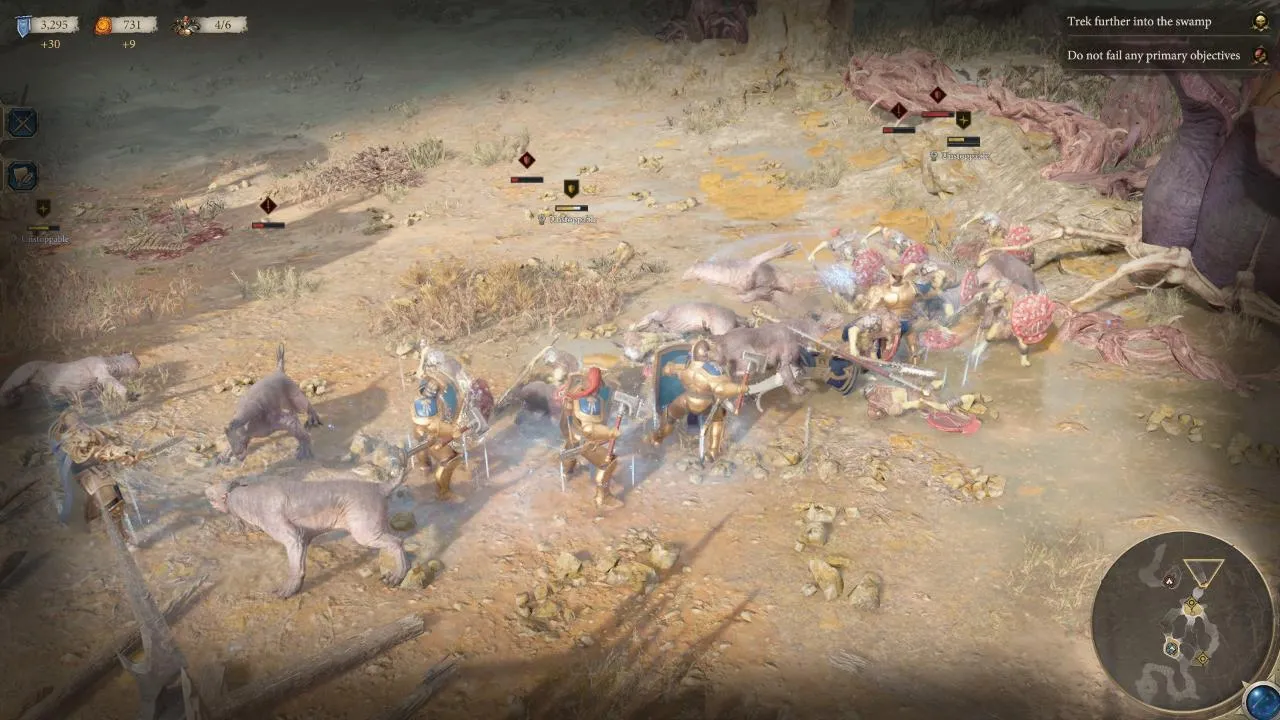 Warhammer Age of Sigmar Realms of Ruin – Orruk Warriors
Warhammer Age of Sigmar Realms of Ruin – Orruk Warriors
While the game’s visuals are based on Games Workshop’s intellectual property, Frontier Developments adds its own creative touches. The factions represented in the game belong to groups not previously seen in other Warhammer games or lore, adding a layer of originality to the experience.
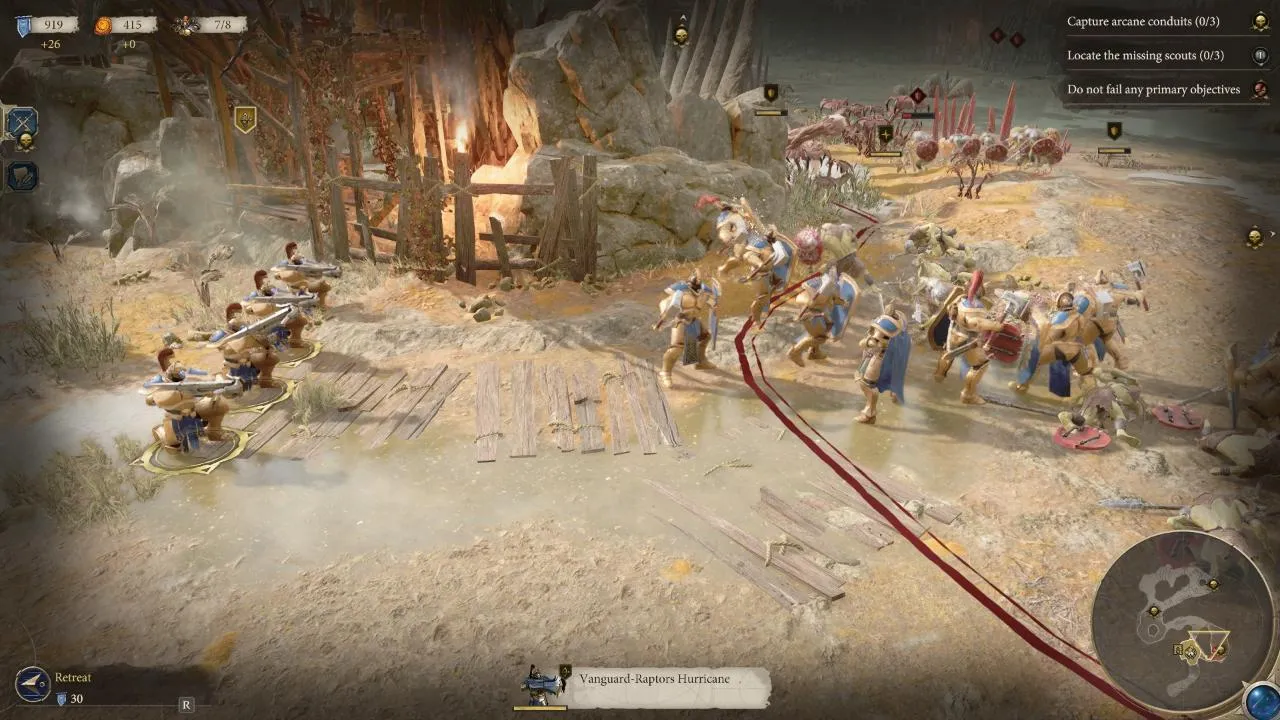 Warhammer Age of Sigmar Realms of Ruin – Nighthaunt
Warhammer Age of Sigmar Realms of Ruin – Nighthaunt
The narrative unfolds through well-produced cutscenes, primarily featuring conversations between hero characters. These interludes connect the battles and provide context for the unfolding story. The voice acting is professional, and the music adds to the cinematic feel. These elements contribute to a seamless and immersive experience.
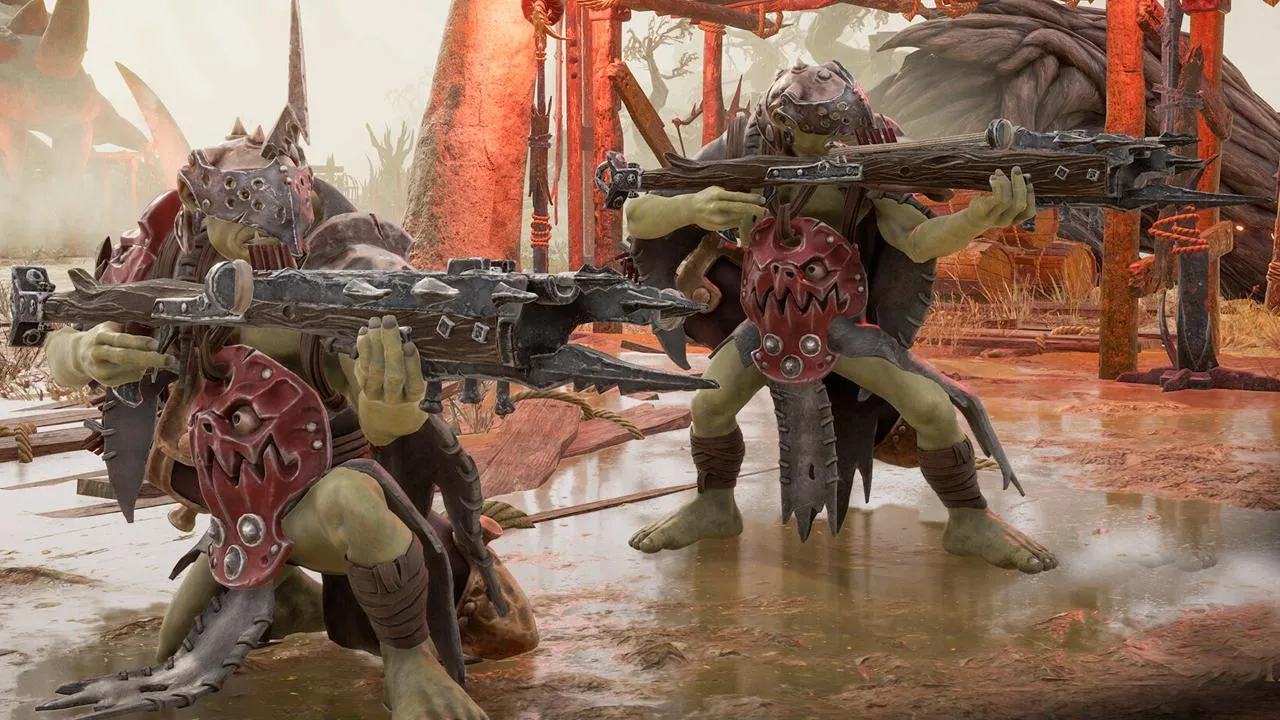 Warhammer Age of Sigmar Realms of Ruin – Hero Unit
Warhammer Age of Sigmar Realms of Ruin – Hero Unit
Gameplay Falls Flat
Despite its strong presentation, Realms of Ruin‘s gameplay falls short. The game draws inspiration from Warhammer 40,000: Dawn of War II, a successful squad-based RTS. However, Realms of Ruin feels bland due to a combination of underdeveloped elements.
The core gameplay loop revolves around capturing and holding control points, similar to Company of Heroes. However, the level design and controls, reminiscent of tabletop Warhammer, constrain the tactical depth. The narrow pathways connecting control points often lead to straightforward, brute-force engagements, limiting opportunities for flanking maneuvers or strategic harassment.
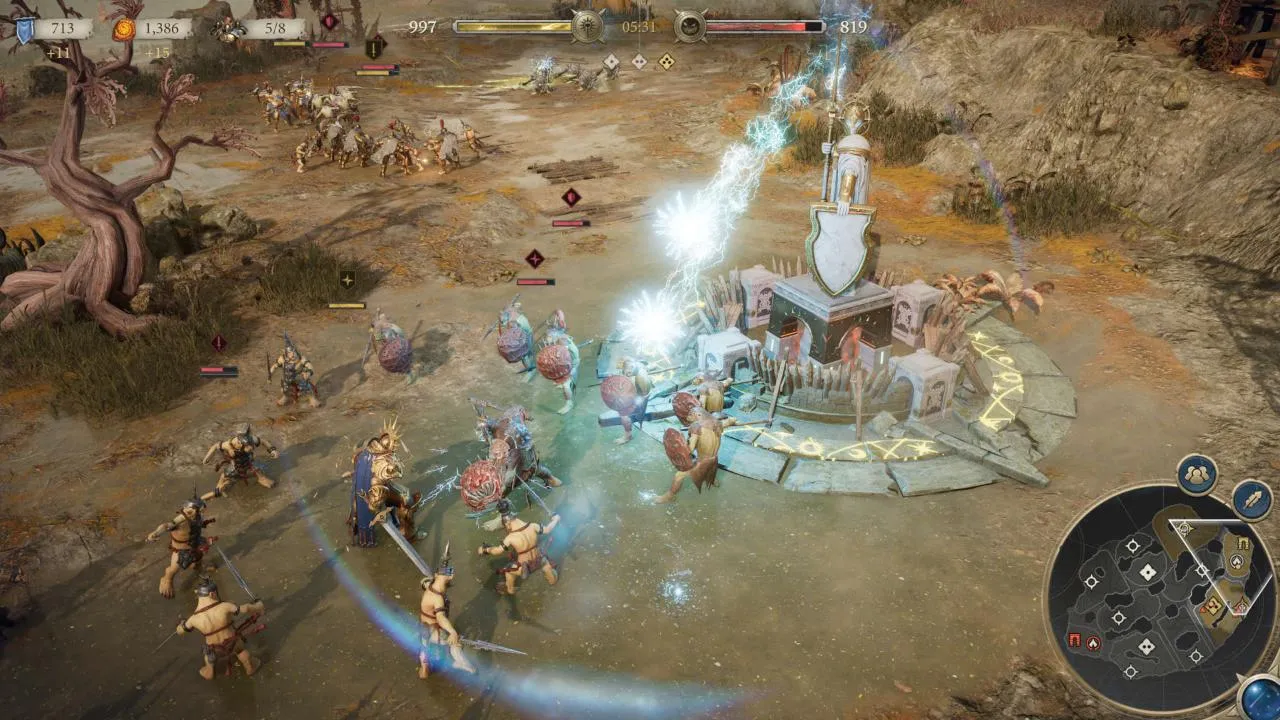
The AI, both for enemy units and friendly troops, is underwhelming. Experienced players can easily exploit the AI’s weaknesses by isolating and eliminating enemy squads, making the game feel too easy. While higher difficulty settings offer a greater challenge, they primarily do so by increasing enemy numbers and health, rather than improving tactical intelligence.
Unit balance also poses a problem. Some late-game units become overwhelmingly powerful, while early-game units, even with upgrades, struggle to remain relevant. This imbalance encourages players to rush towards late-game units rather than utilizing diverse squad compositions.
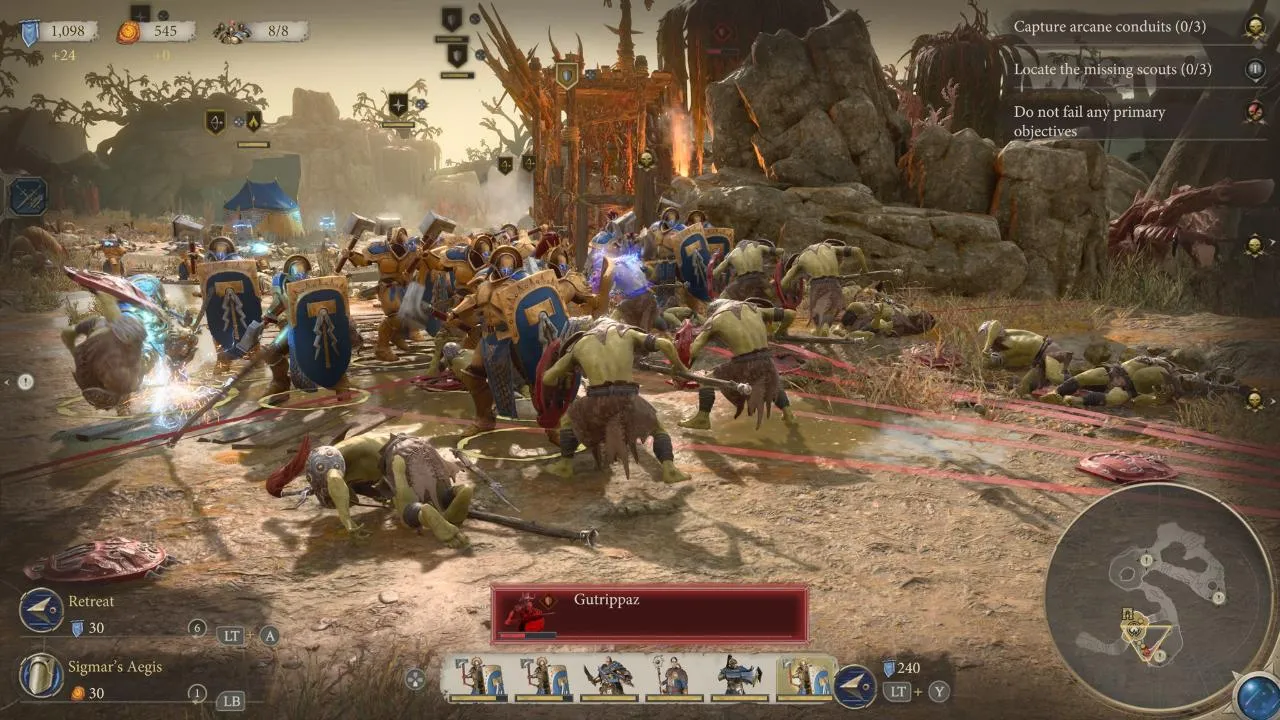
Finally, despite the numerous cutscenes and dialogue, the narrative lacks depth and memorable moments. The plot progresses linearly, without any significant twists or turns.
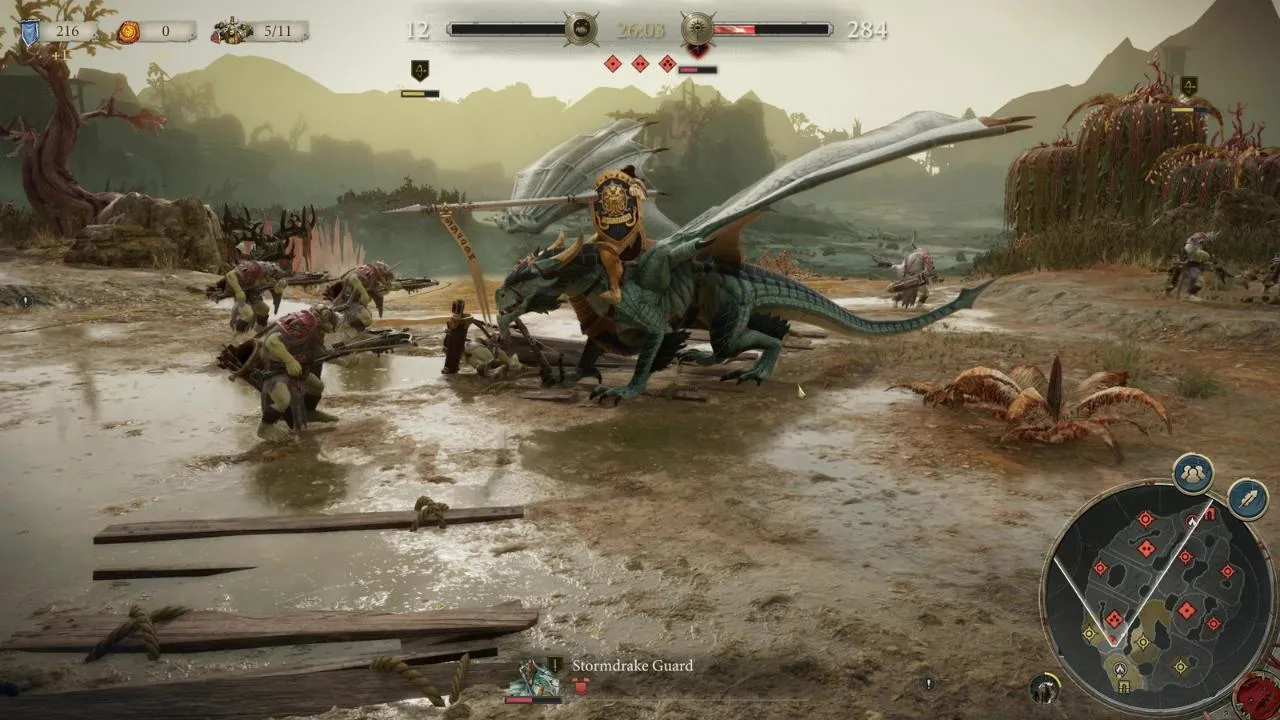
Conclusion
Warhammer Age of Sigmar: Realms of Ruin excels in its presentation of the Warhammer universe, capturing the distinct look and feel of the Age of Sigmar. However, the underwhelming gameplay, simplistic AI, and lackluster narrative prevent the game from reaching its full potential. While fans of the Warhammer universe may appreciate the setting and lore, RTS enthusiasts might find the gameplay lacking in depth and challenge.





Comments (0)